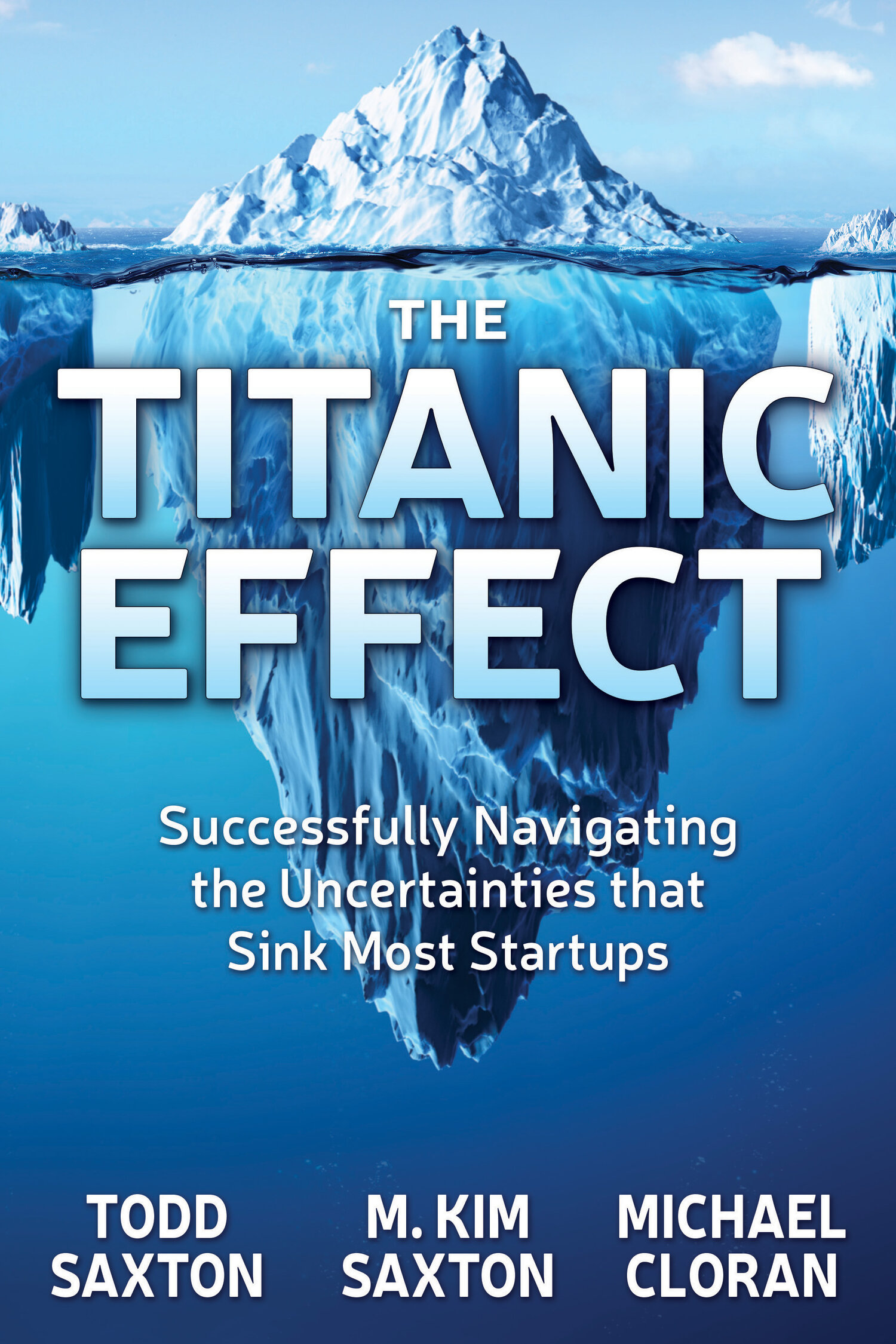We’ve said it before and we’ll say it again – a great startup founder has to be a little humble. Imagine that you see a problem and find a great solution. You get so excited. You envision a cool solution and start building a product. You figure out how much money you are going to need to get the product built and then…
How Startups can Navigate Around the Customer Value Void
In study after study, the number one reason that startups fail is that they do not offer something new that better meets customers’ needs. See the details in our previous blogpost on product/market fit. This same factor is the biggest predictor of new product failure as well. We call this the Customer Value Void– not offering something that is needed, that is a better solution than the current practice, and that is worth paying for…
Target Marketing 101 for Startups
Picking a marketing strategy is a lot harder for startups than it sounds. Why is that? Basically, it means making three inter-related decisions (that is, the answers to #2 and #3 change as #1 changes):
Who are you talking to? That’s your Target Market.
What are you talking to them about? This is the Frame of Reference, or the product category or the group of competitors to be dealt with.
Why should they choose you? This is your Point of Differentiation.
But notice, the first key decision is “Who is the target market?”
Startup Strategy is NOT a Road Map
“Plans are worthless, but planning is everything.” - Dwight D. Eisenhower
How many times have you heard the statement, “We need a road map to make sure we are headed in the right direction?” In fact, sometimes the business plan is described as “the road map” for the buddingstartup. Unfortunately, the road map as a metaphor prompts all the wrong associations for even the most promisingnew startup. Why?
A Marketing Startup Story: What was it Like to be a Passenger on the “Titanic”?
When White Star decided to change strategy from building fast ships to building large ships, it still needed to find a way to differentiate its ships. So, it decided that the Titanic would be both the largest and the “finest” ship in the world. Its innovations would rival even today’s massive cruise ships. To accomplish this goal, it had a number of engineering and design challenges to overcome –
What Should Investors Look for in an “A-Team?”
Entrepreneurship is an “Uncertainty” Management Job that Evolves over Time
People sometimes describe entrepreneurs as risk takers. They see starting a company as a risky activity. Yes, there is risk involved. But, navigating uncertainty rather than being risky is the essential task of the entrepreneur. What to build, how to build it, whom to partner with, whom to sell to, and how to fund growth… these are really tasks laden with uncertainty.
Startup Story: What REALLY Sank The “Titanic?”
What are the Growth Patterns for Startups?
Most founders we talk to have a little glaze in their eyes as they share their vision. You can tell that in their mind’s eye, they see their startup as a Unicorn. At a minimum, they can see revenues of $100 million. And that’s great – they should have a lofty and bold vision of what they can accomplish. Without that vision, they are guaranteed not to get there. We wondered, just how likely is this kind of an outcome?
Why A Startup Needs to Launch in An Existing Market Category
If you listen to a variety of startup pitches or work closely with startups, one refrain you often here is – “we are unique, there’s no one else like us.” What appeals to a founder about this idea is that they don’t have any competitors. Instead, this is a hidden debt that we explore in the Marketing Ocean.
So, why do we say being in a market category of one company is a bad idea?


